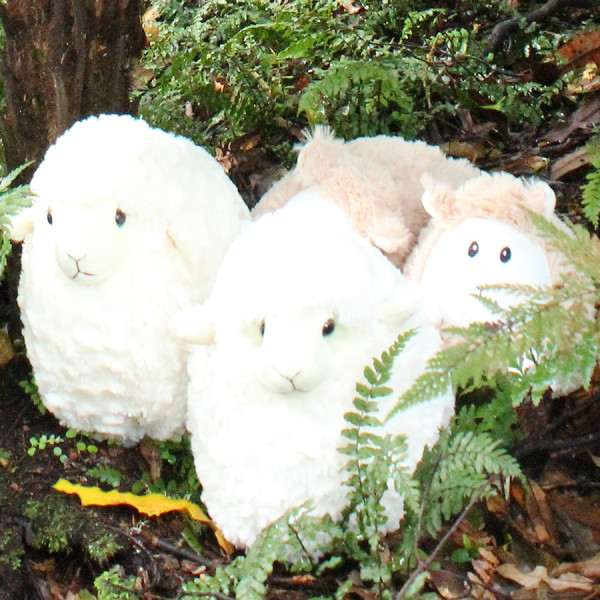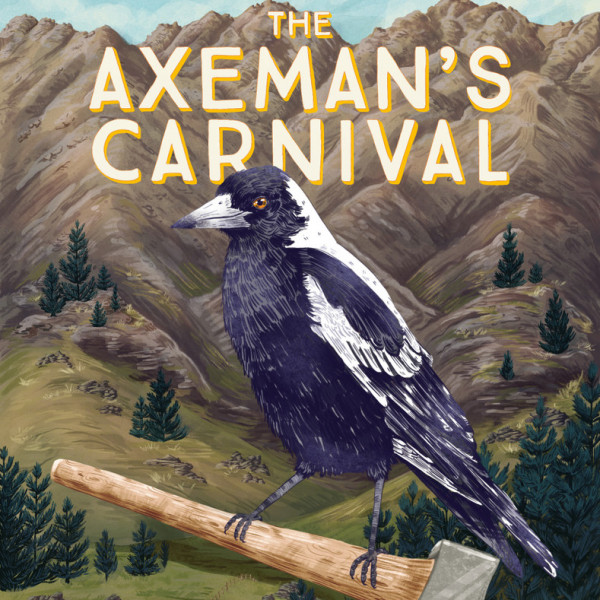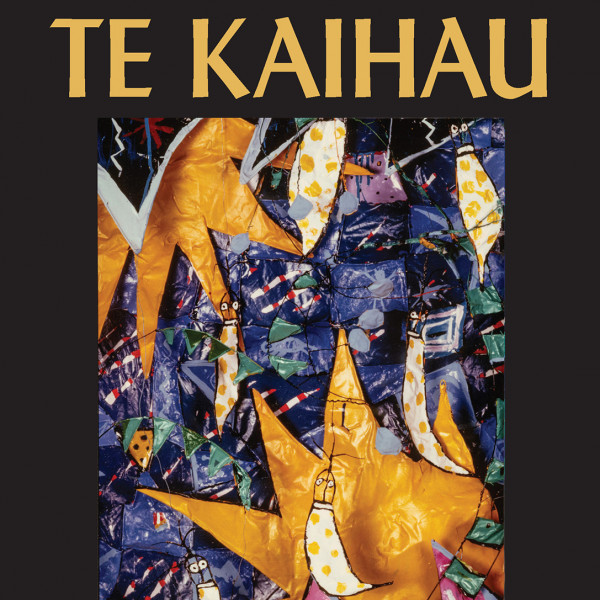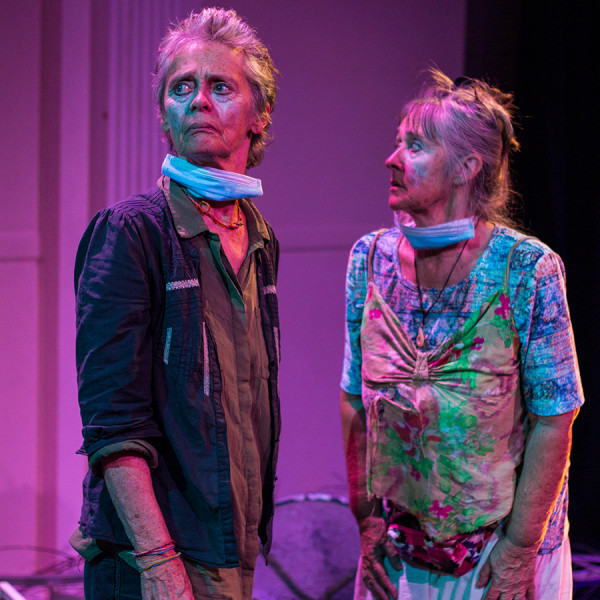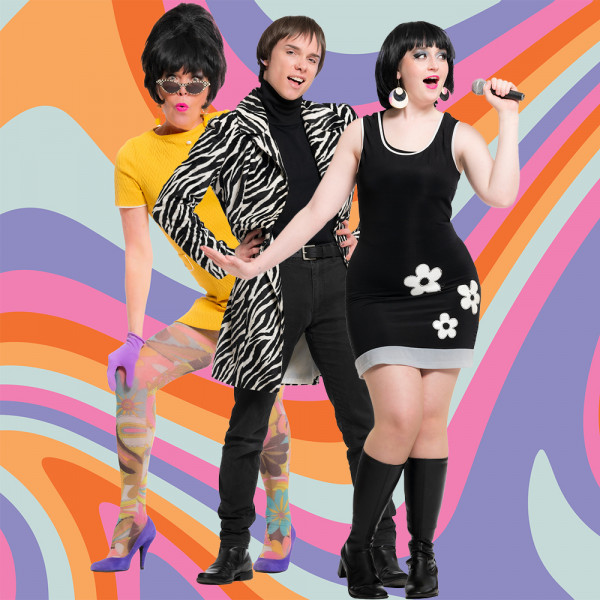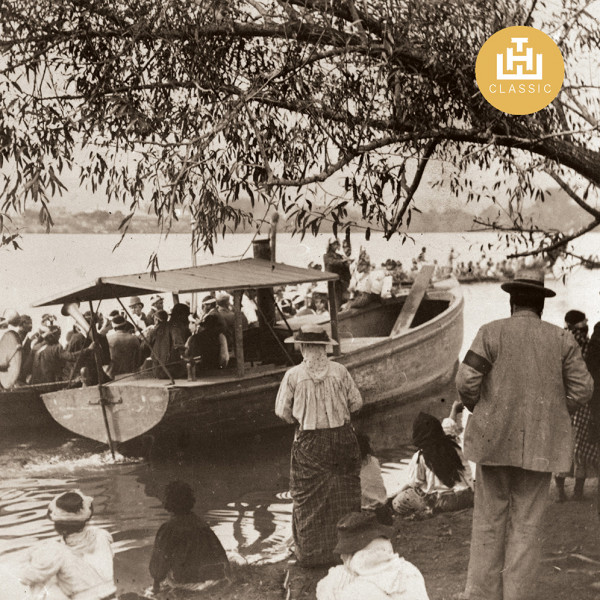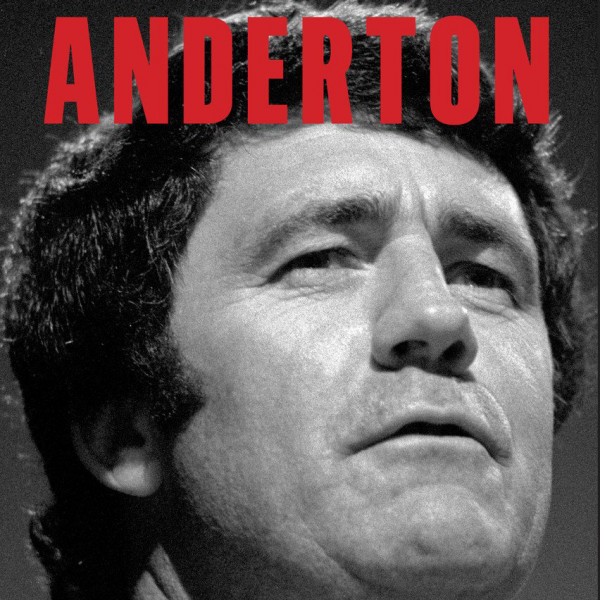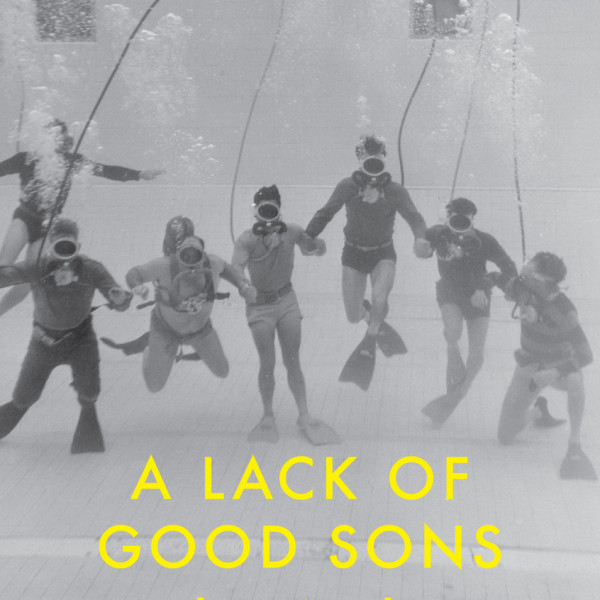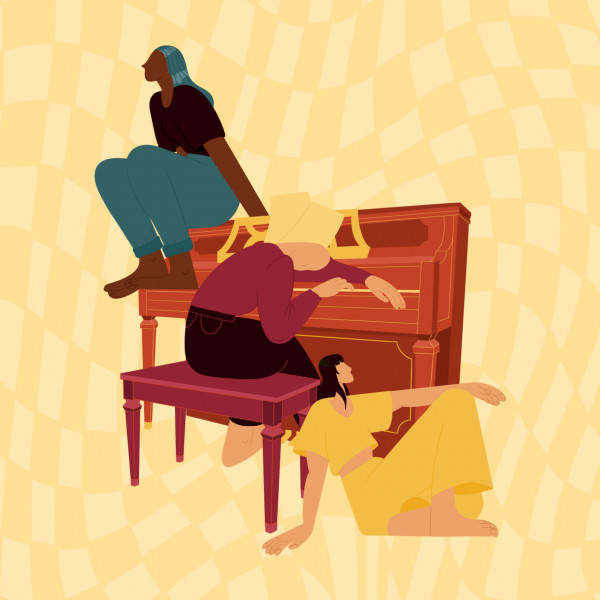
One Night Band
Presented by: Squash Co Arts Collective
Created by: Liam Kelly
BATS Theatre, 15th Apr 2023
Reviewed by: Madelaine Empson
As a theatre reviewer in Pōneke, I’ve seen some out-there stuff. Women screeching in buckets of mud, bald men singing Rihanna, murder by banana… Since I first started writing for Regional News eight years ago, our creative community has surprised, delighted, and floored me at every turn. But I have perhaps never seen anything as unique as One Night Band.
A live band (MC Liam Kelly, vocalist Pippa Drakeford-Croad, keyboardist Ben Kelly, guitarist Tessa Dillon, bassist Peter Hamilton, and drummer Lennox Grootjans) writes, performs, and records a new song every hour on the hour with audience input. At the end of 12 hours, they have an album.
In my 4pm session, we’re given a prompt: a piece of media that recently inspired us. The chosen audience contribution is a TikTok about trawling for jellyfish. We brainstorm what this might sound like and settle on a blues-rap set in an apocalyptic world where humans only eat jellyfish.
The blues verse is sung (beautifully by Drakeford-Croad) from the perspective of a jellyfish about to be eaten. “It’s hard being a fish made of jelly, when you’re destined to end up in a belly” goes the chorus, which somehow I’m up on stage singing the third harmony for. Meanwhile, two human audience members write and perform a killer rap bridge about eating said jellyfish.
One Night Band is the epitome of a communal experience. There are beanbags, couches, and even colouring activities in the programme. It reminds me of devising theatre with my buddies at uni, something I didn’t think I’d get to relive anytime soon. I so appreciate the opportunity and the atmosphere of camaraderie in the room.
While it might be cosy and casual, there’s unrelenting talent here. The band is a “yes and” machine, accepting any offer and churning out a pretty great song in 60 minutes. The lyrics rhyme, the hook is tight, the bass is thick, and there’s even a keyboard solo that sounds like a jellyfish. How wonderful to watch art being made in real time. And how much more wonderful to have helped in the making.






